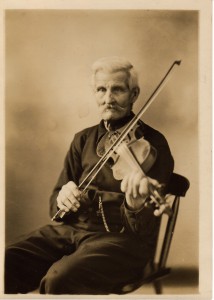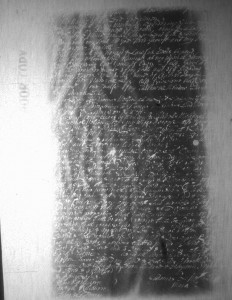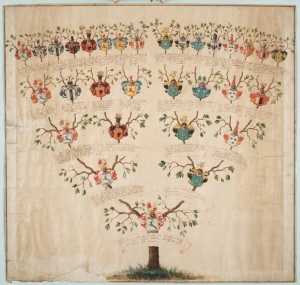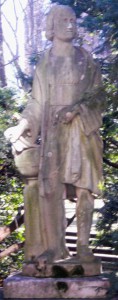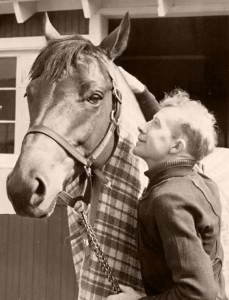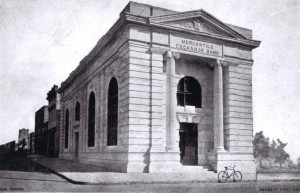
Census records, passport applications, draft cards: many people are familiar with these resources because of their ability to tell us more about our own family history. However, they are often underutilized as a tool for understanding the lives of famous individuals. One notable celebrity of the early twentieth century who left quite a trail of records was George Herman “Babe” Ruth, perhaps the most well-known American baseball player of all time. Because of this, we are able to construct a biographical narrative of his experiences using records available to the public which were recorded during his lifetime. In this entry, we will discuss some of these records and precisely what they tell us about the life of Babe Ruth. Continue reading Researching famous people
